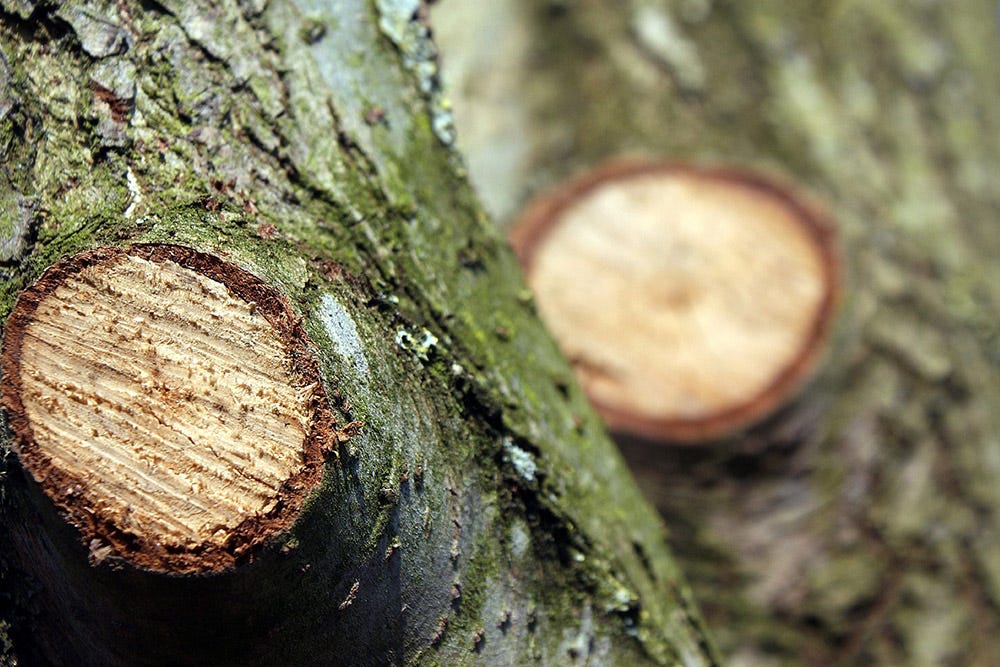- Maintenance tips & tricks
- 4-season garden care advice
- News from the gardening world
- STIGA innovations & new product launches
FREE delivery on selected models
Free returns
Premium delivery available
FREE delivery on selected models
Free returns
Premium delivery available
Pruning trees is not the same as pruning plants and requires an entirely different set of considerations. While pruning plants can be advantageous to their wellbeing, pruning trees can actually compromise their health. We’ve put together a guide of when and how to prune your trees.

When you prune a tree, you’re actually giving it an injury. The tree has to use precious energy to heal itself and there is a risk of disease entering the open wounds. So, it’s important to evaluate when it’s appropriate to prune a tree.
If there are dead or broken branches that need removing
If branches are entangled – strong winds could cause the branches to bash against each other, creating a wound where disease could enter
If your tree is unstable and could pose a risk to people, animals, property or other plants
If branches have a fungal or parasitic infection or insect colonies that need removing
Always remove the whole branch – don’t ever top or tip the branch
When cutting, leave a section of about 1–2cm where the branch meets the trunk to allow the tree to easily close the wound
Make sure you always use clean, sterile tools to prevent introducing any pathogens to the wound.
It’s usually best to prune in early spring as soon as the first leaves appear. The tree will immediately start recovering from the injury and have time to close the wounds before autumn and winter arrive – preventing mould and parasites from entering.
Never remove more than 30% of the vegetation at once. If you need to remove more, wait until the following year to give your tree time to recover.